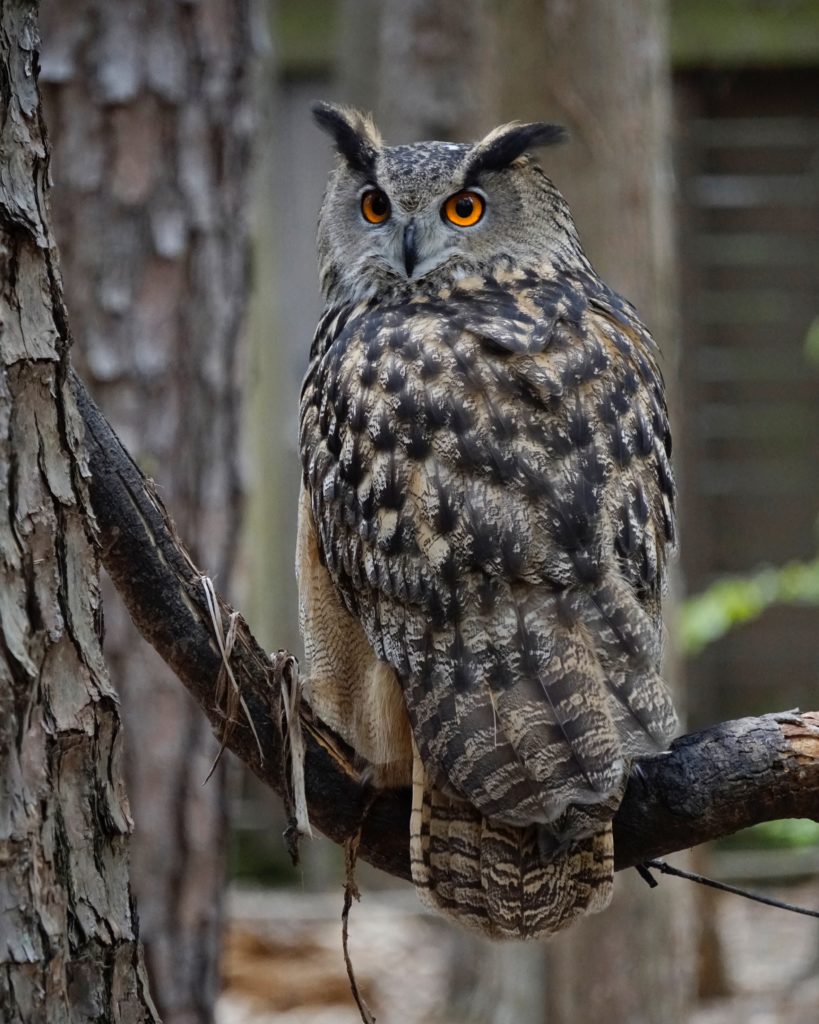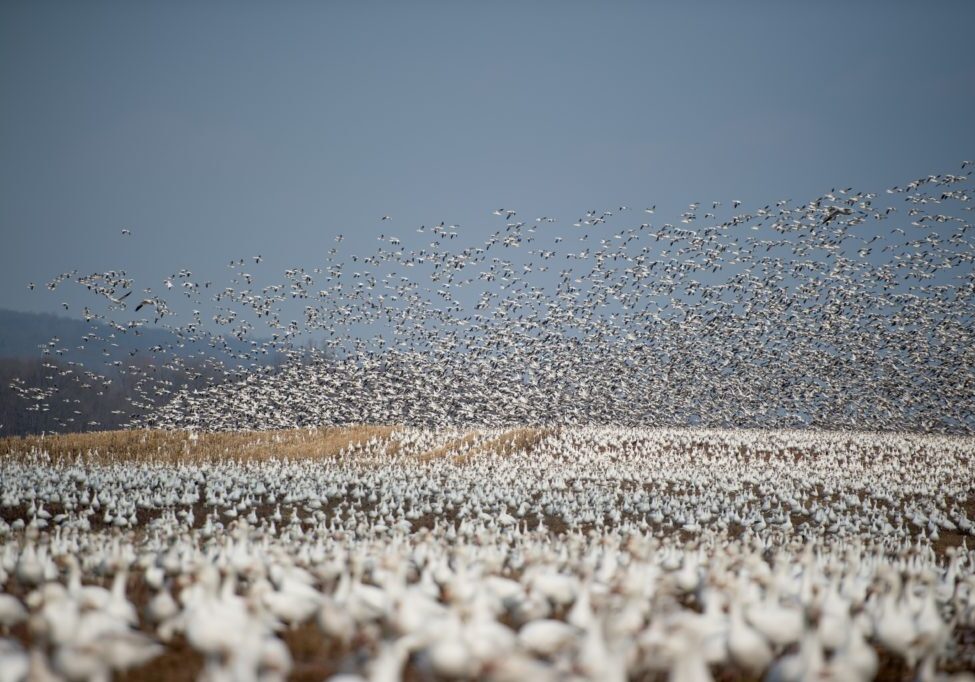ARBOREAL EDITION
This fall, the California Ricelands Waterbird Foundation is proudly celebrating owls, a feathered family that encompasses close to 200 distinct species across the globe. In honor of “Owl-tober,” we’re taking a closer look at owls, including the species that are most commonly seen in and around the Sacramento Valley. While these mostly nocturnal creatures are often considered the mysterious loners of the skies, owls play a valuable role in both our regional habitats and the larger global ecosystem.

OWLS: SOME OF EARTH’S MOST FASCINATING BIRD FAMILIES
For centuries, owls have held an important place in folklore and mythology, symbolizing revered ideals such as wisdom, good fortune, and even protection. Other cultures believed owls to be harbingers of bad luck or an ominous future, with some correlating an owl’s number of hoots with indications of specific events to come.
Even today, owls remain a subject of great intrigue, possessing a range of fascinating qualities that set them apart from other types of birds. Here are just a few interesting facts about owls that you may not have heard before:
- Owls are unable to move their eyes because their eyes don’t have the spherical shape that human eyes do. Instead, owl eyes more closely resemble a tube, held securely in place by bones referred to as sclerotic rings. Because of this unique ocular structure, owls have to rotate their entire head to see outside their immediate field of vision, a “bob and weave” maneuver that has become one of owls’ signature moves.
- Another unusual characteristic of owl eyes is their size, weighing in at up to 3 percent of their total body weight. In comparison, human eyes account for just 0.0003 percent of our weight, on average.
- Despite popular belief, owls are perfectly capable of seeing during the daylight hours. Their notoriously “sleepy-eyed” appearance during the day is due to their pupils, which are unable to block out light as effectively as ours. So, their half-closed eyelids serve as a way to minimize the bright sunlight, while still allowing them to remain alert.
THE OWLS OF THE CALIFORNIA RICELANDS
While there are many different species of owls found throughout Northern California, there are four species that are particularly known for residing in and around the region’s cultivated ricelands. This blog will cover Barn Owls and Great Horned Owls, but to learn more about the other two common species, please check out our Burrowing Owls and Short-eared Owls blog.
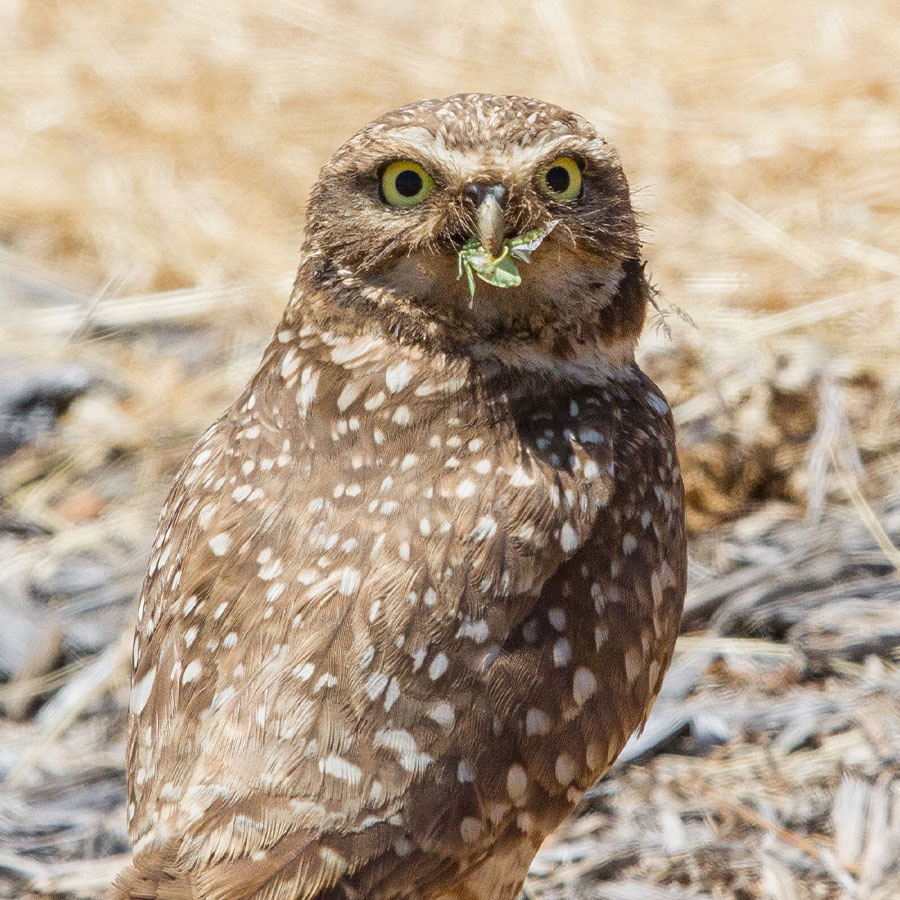
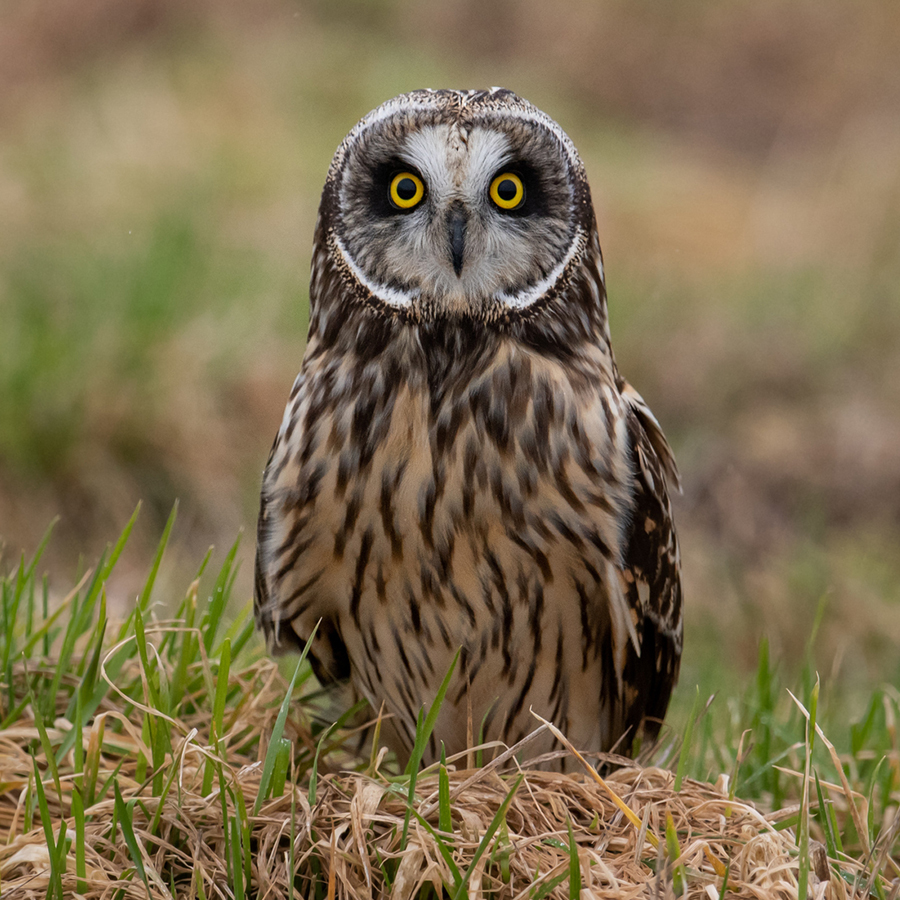
THE BARN OWL
Barn Owls are famous for their pale, almost ghostly appearance and nocturnal lifestyle, two characteristics that have earned them a reputation as an eerie predator of the night. In the Sacramento Valley, Barn Owls tend to hunt over a wide range of agricultural crops including rice, making excellent use of the nesting boxes provided for them by many rice farmers. For generations, farmers have considered the Barn Owl a welcome friend, one who happily makes a meal out of the mice and rats that can become bothersome pests.
One of the most interesting Barn Owl facts has to do with its incredible skill for hunting its prey. While this species of owl possesses exceptional low-light vision, it is its sense of hearing that is truly worth noting. Researchers have discovered that of all animals that have been tested, the Barn Owl has proved to be the best at pinpointing its prey using sound alone.
Despite the impressive predatorial skills of Barn Owls, the evolving farming practices of humans have posed some threat to this majestic creature’s way of life. However, nest boxes such as the ones established in ricelands and other crop types in California are successfully supporting barn owl numbers.
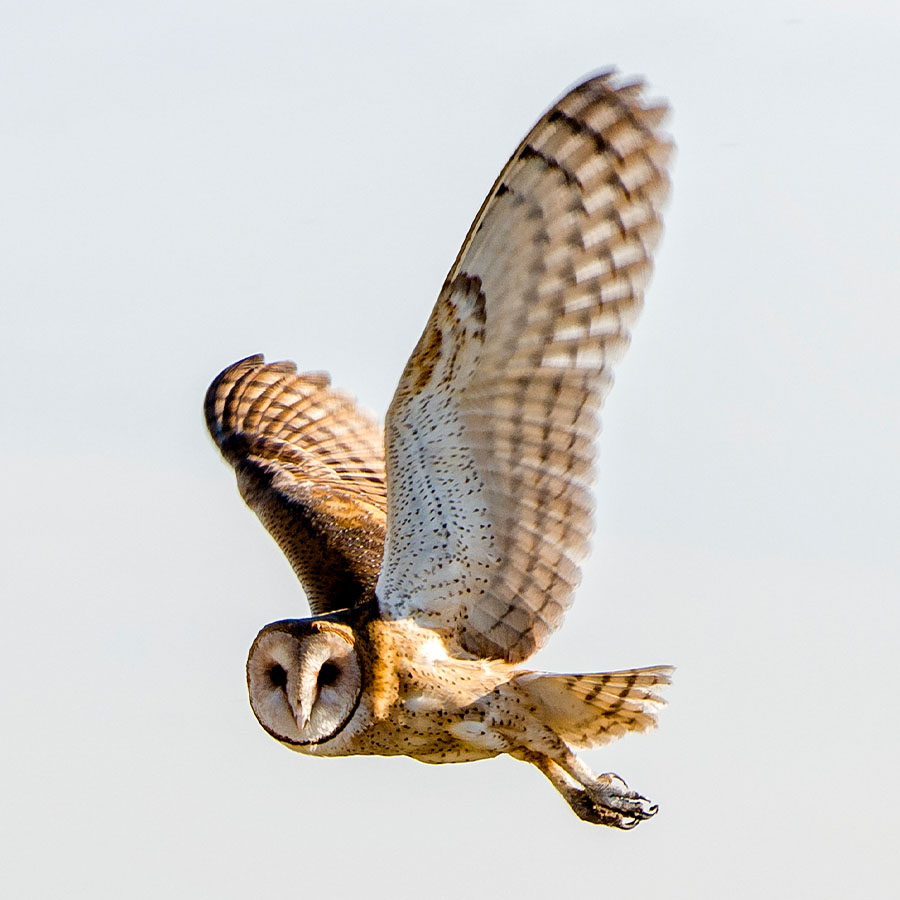
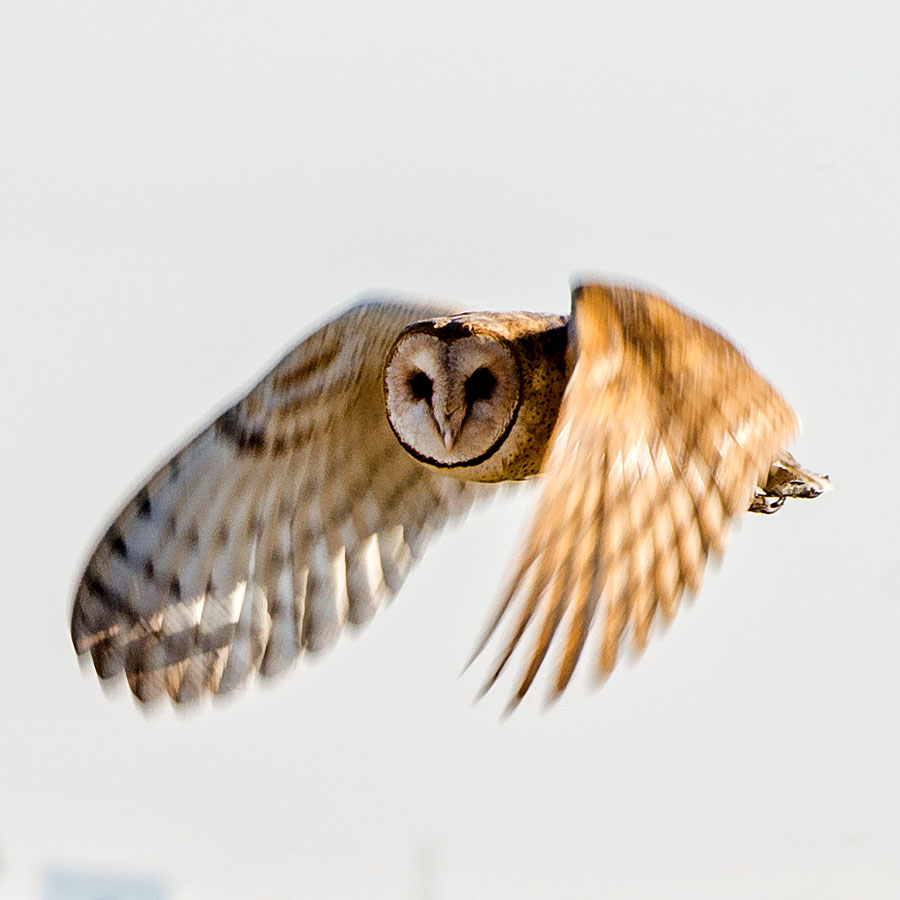
THE GREAT HORNED OWL
Another common presence on the ricelands of Northern California, the Great Horned Owl is perhaps one of the best-known species of owl in North America. It’s famously yellow eyes and ear-like tufts have made it easily recognizable, while the Great Horned Owls’ deep, resonating hoots can be heard in America’s grasslands, cities, deserts, forests, and farmlands alike. In the cultivated ricelands of Sacramento Valley, Great Horned Owls are often found on the edges of fields or nesting in nearby trees, water towers, and barns.
Among the many intriguing Great Horned Owl facts that have made this species the subject of many birdwatchers’ fascination is its formidable skill and ferocity as a predator. With talons that require nearly 30 pounds of force to wrench open, the Great Horned Owl is an opponent worthy of raptors such as Peregrine Falcons and other owls.
At present, the Great Horned Owl has one of the most stable populations of any owl species in the world, though certain regions have seen declines due to poaching and other human-related causes. Continued attention to future conservation is key in maintaining flourishing populations of the Great Horned Owl in our ricelands and beyond.

ARE OWLS ENDANGERED?
While many owl species are currently sustaining healthy numbers, there are others that are experiencing significant threats to their future existence. According to the International Union for Conservation of Nature, nearly 15 different owl species qualify as either endangered or critically endangered, primarily due to human-related causes.
Spreading awareness of the challenges facing owls today is one of the best ways to make positive changes going forward. Here are some of the factors that can threaten owl populations around the globe:
- Poaching
- Habitat destruction, often resulting from land redevelopment
- Lack of prey, such as loss of insect populations due to widespread pesticide use
- Viral diseases
- Secondary poisoning through the consumption of contaminated rodents
- Collisions with vehicles, fences, and outdoor structures
Whether you consider yourself a dedicated birder or simply have an appreciation for owls, learning more about this incredible species is the first step in making a difference.
HELP PROTECT THE OWLS OF THE CALIFORNIA RICELANDS
The California Ricelands Waterbird Foundation partners with local and national organizations to organize and implement conservation efforts in cultivated ricelands throughout the Sacramento Valley. Please consider making a donation or sharing our story on social media to help the foundation continue moving forward in our work, allowing us all to share the privilege and responsibility of preserving local wildlife for generations to come.
Learn more about how Sacramento is taking action to conserve birds of the world here
